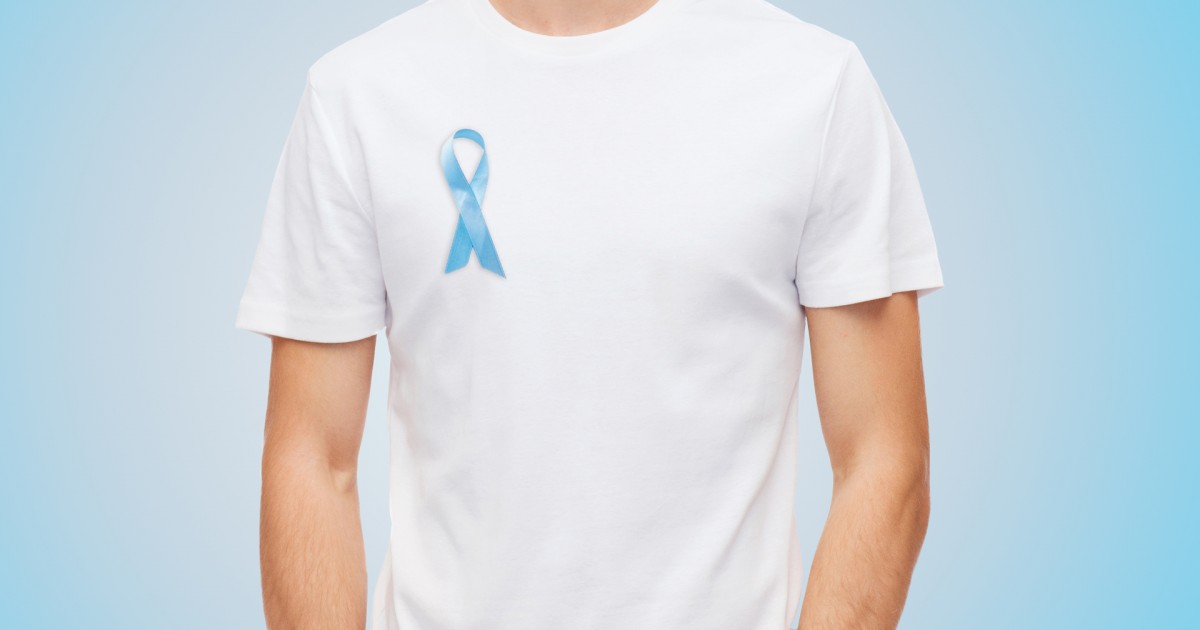Breast cancer is often associated with women. This is evident in advertisements for breast cancer foundations and even through the international symbol of breast cancer awareness. Start a search today to learn more about male breast cancer.
Breast cancer can and does occur in men, though not as commonly as in women. Besides the obvious physical and emotional impact that breast cancer can have on an individual, men also have to deal with unnecessary shame.
Male Breast Cancer
Under normal conditions, human cells grow and divide, as the body needs to replace damaged or old cells. However, cancer develops when the cell cycle is disrupted and old cells don’t die when they should, but new ones continue to grow and divide. This uncontrollable division is what causes tumors to form. Any type of cell in the body can become cancerous, including cells of the breast (which are present in both males and females).
The reason that breast cancer is less common in men than women is because their breast duct cells are less developed than those of women and they usually have lower levels of the female hormones, such as estrogen, which stimulate the growth of breast cells (both cancerous and non-cancerous ones).
There are different types of breast cancer in men, including some extremely rare types, such as inflammatory breast cancer, which do not form a tumor. The most common type of breast cancer in men is called Infiltrating Ductal Carcinoma (IDC). This type of cancer starts in the milk ducts of the breast then grows into the fatty tissue of the breast. Since males have smaller breasts than females, male breast cancers start close to the nipple.
Much of what we know about male breast cancer, including the signs and treatments, are based upon the knowledge gained from studies and cases of female breast cancer.
Risk Factors
There are many risk factors for male breast cancer. As it is with women, one risk factor for developing the disease is increasing age. Another risk factor is high estrogen levels (as this hormone stimulates both cancerous and non-cancerous breast cell growth).
Men with Klinefelter syndrome (a disorder in which males have multiple X chromosomes instead of just one) have a higher risk of developing breast cancer since they have higher levels of estrogen. A family history of breast cancer or genetic alterations, especially in the BRACA1 or BRACA 2 genes, also increases the likelihood of males developing breast cancer.
Signs and Symptoms
The signs and symptoms of male breast cancer are similar to those of female breast cancer. Such signs and symptoms include: a lump in the breast tissue, dimpling or redness of the skin covering the breast, nipples that are red or scaling, inversion of nipples, nipple discharge.
The cancerous lump found in breast tissue is almost always painless. Sometimes, it can spread to lymph nodes under the arm or around the collar bone and cause a lump or swelling there.
Treatments
Treatment plans are always tailored to the needs and desires of the individual being treated. A treatment plan must be decided only after careful consideration of the patient’s overall health, risk of recurrence, and stage of cancer as well as the hormone receptor status of the cancer (which, if positive, means that the cancer cells receive signals from hormones that could promote their growth).
The most common treatment for breast cancer in men is surgery. There are different types of surgeries for breast cancer, such as a radical mastectomy, lymph node surgery and breast-conserving surgery. However, unlike women, males rarely undergo breast-conserving surgery since most of their tumours are found around the nipple, making this type of surgery difficult. Radiation therapy may be used after surgery if a man’s cancer has spread.
Chemotherapy is also used to treat breast cancer in men, especially if it’s considered high risk or if it has spread to the lymph nodes. The drugs used are the same as those used by post-menopausal women.
Hormonal therapy may also be used to treat breast cancer in men if their tumor has a positive hormone receptor status.
Emotional Concerns
All cancer patients face some emotional difficulties—and this is understandable as it’s a life-changing and life-threatening illness. Many patients with breast cancer experience anxiety and depression. They may also have body image concerns as some cancer treatments cause hair loss and weight changes. For males, however, there are additional emotional challenges.
Since most people associate breast cancer with women, men are often seen as the forgotten victims. Many people don’t think of men as having breasts, but they do (of course, it’s a much smaller amount of breast tissue than women have).
Many advertisements for breast cancer awareness feature women prominently and advise women to get checked often. This creates an overall lack of awareness about male breast cancer which, in turn, can leave men feeling embarrassed and ashamed when it comes to male breast cancer. This is demonstrated by the results of a study which found that 43% of men said that they would question their masculinity if they were diagnosed with the disease. This also explains the fact that men are often diagnosed late, as a result of attributing signs of the disease to other causes and feeling awkward about getting a mammogram.
We should make an effort to be more aware and understanding of the fact that men can get breast cancer and that it doesn’t make them any less of a man to get checked for it regularly. Early detection of cancer can save lives.
